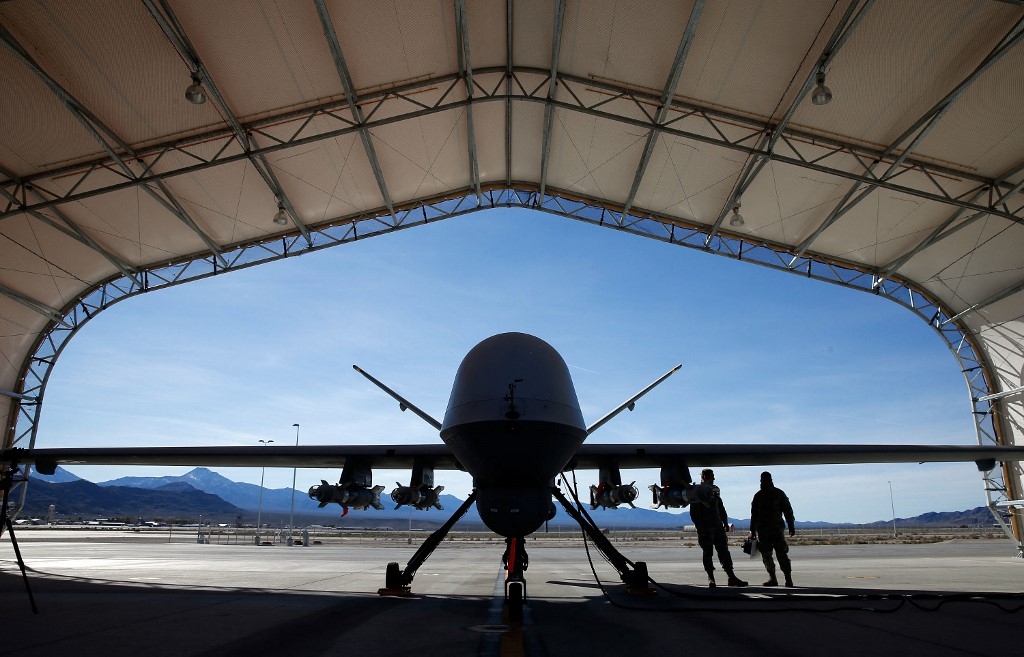Biden administration discloses Trump's secret US drone strike rules

The Biden administration has released a redacted version of former President Donald Trump's rules for using lethal force abroad outside conventional war zones, including in drone strikes, in response to a lawsuit filed by the New York Times and the American Civil Liberties Union (ACLU).
The visible portions of the 11-page document, published by the newspaper on Friday, reveal that under Trump commanders were free to make decisions about attacks as long as they were within "operating principles", which state that there should be "near certainty" that civilians "will not be injured or killed in the course of operations".
At the same time, however, the Trump-era rules were flexible about allowing exceptions to the rules, saying that "variations" could be made "where necessary in accordance with the proposal process".
The Trump administration often made an exception to the requirement of "near certainty" of no civilian casualties, officials told the New York Times. It also allowed a lower standard - of "reasonable certainty" - when it came to civilian adult men.
The set of rules also said any proposal for a strike "need not distinguish between identified high-value terrorist targets (HVTs) and other targets", allowing greater room to target lower-level militants.
The Biden administration temporarily suspended the Trump-era rules and instead issued an interim guidance that required the White House to approve any proposed strikes outside the war zones of Afghanistan, Syria and Iraq.
It also began a review of past administrations' policies, according to the New York Times.
"We will let the previous administration speak to their policies," Emily Horne, a spokesperson for the White House National Security Council, told MEE.
During his time in office, Trump rolled back a number of limits on the use of drone strikes, including a rule that required US intelligence officials to report how many civilians were killed in any drone strike outside of a war zone.
Human rights groups criticised the move at the time, saying that the lack of transparency could "lead to an increase in unlawful killings and in civilian casualties".
While the ongoing review on the "direct-action" policy was expected to last 60 days, officials told the New York Times that it may be extended to six months due to trouble in obtaining accurate data on civilian casualties from previous strikes.
Middle East Eye delivers independent and unrivalled coverage and analysis of the Middle East, North Africa and beyond. To learn more about republishing this content and the associated fees, please fill out this form. More about MEE can be found here.





